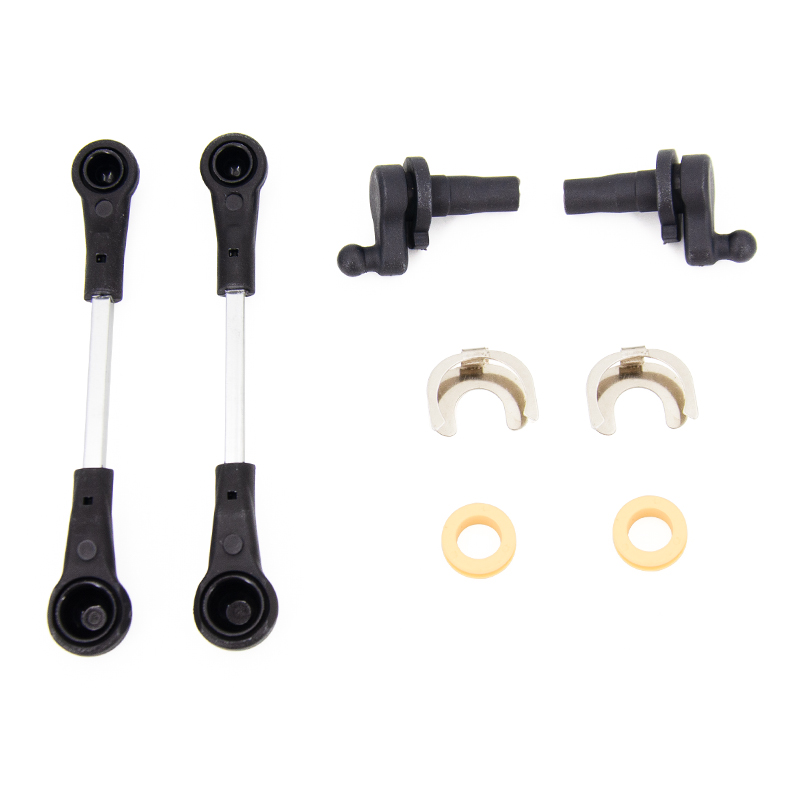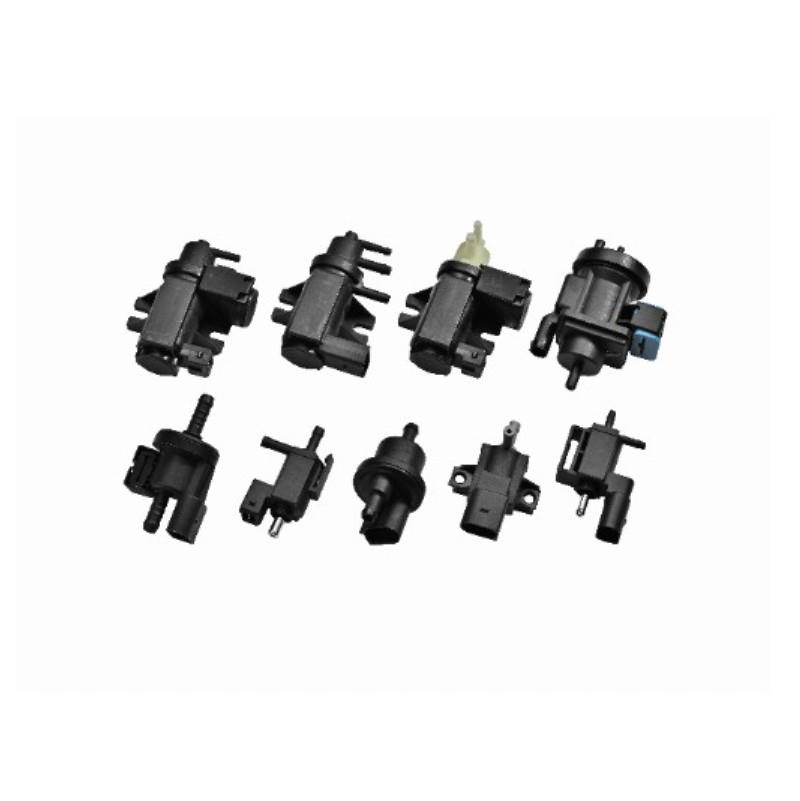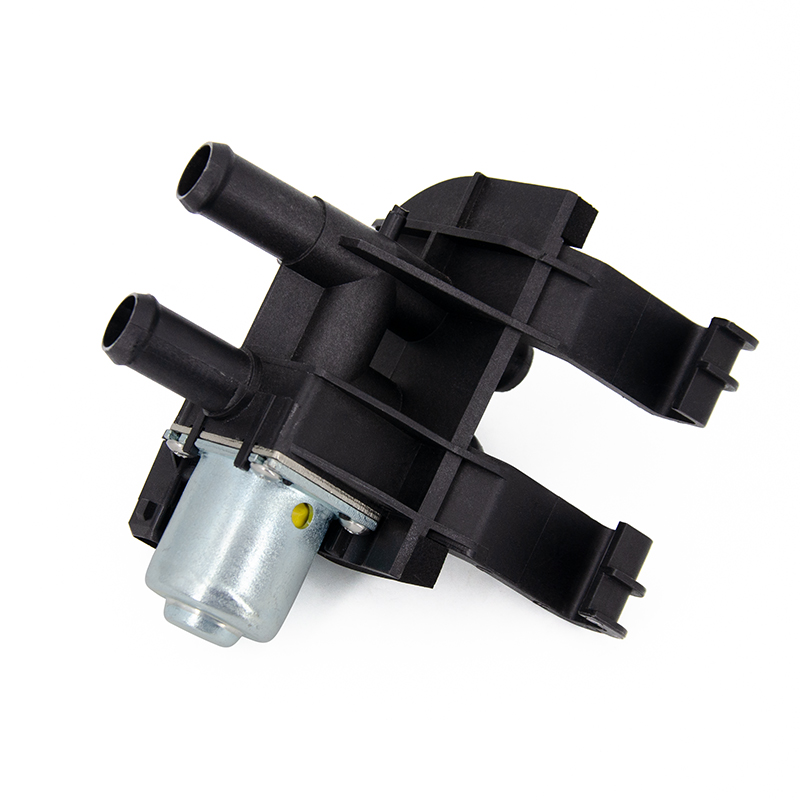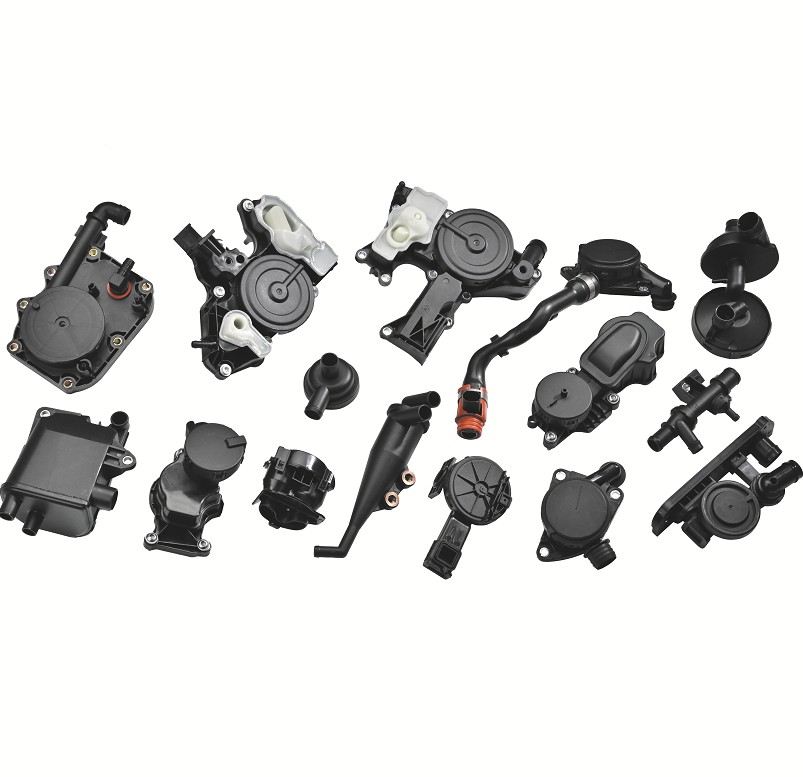A car engine's proper operation depends on a critical component: the thermostat. It acts like the engine's "body temperature regulator," automatically adjusting the amount of water entering the radiator based on the coolant temperature, altering the water circulation range and thereby regulating the cooling system's cooling capacity, ensuring the engine always operates within the appropriate temperature range. A malfunctioning thermostat can directly affect engine performance and even cause serious damage. Therefore, understanding how to properly install a thermostat is crucial for car maintenance.
Content
How a Thermostat Works
A thermostat uses the expansion and contraction of an internal temperature-sensing element (usually paraffin wax) to control the opening and closing of the main valve. When the engine is started, the coolant temperature is low, and the thermostat's main valve is closed. Coolant only circulates through the engine, allowing the engine to quickly reach its normal operating temperature. When the water temperature reaches the set point, the temperature-sensing element expands, pushing the main valve open gradually, allowing coolant to enter the radiator for full circulation, dissipating excess heat and maintaining a stable engine temperature.
Dangers of a Faulty Thermostat
A thermostat in poor condition can have serious consequences for the engine:
- Opening too late: Can cause engine overheating. High temperatures may lead to internal part expansion, increased friction, and severe damage such as cylinder scoring or piston seizure.
- Opening too early: Can prolong warm-up time, causing the engine to run cold for longer. This increases fuel consumption, reduces power, and can cause oil emulsification, which impairs lubrication.

Thermostat Installation Steps
Replacing or installing a thermostat is a detailed task and is best handled by a professional. If you choose to do it yourself, follow these steps carefully:
- Gather tools and materials: New thermostat, coolant, screwdrivers, wrenches, container for old coolant, and any required gaskets or seals.
- Drain old coolant: After the engine has cooled, locate the radiator drain valve or remove the lower radiator hose to drain the coolant into a container.
- Remove the old thermostat: Find the thermostat housing (typically on the top of the engine), unscrew the retaining bolts, and carefully remove the housing, old thermostat, and old gasket.
- Install the new thermostat: Clean the housing and mounting surface. Place the new gasket or seal, then insert the new thermostat in the correct orientation (usually marked on the part).
- Reinstall and refill: Reattach the housing and tighten bolts to the manufacturer's torque specification. Reconnect hoses and slowly refill the cooling system with the recommended coolant until it reaches the proper level.
- Bleed and check: Start the engine and let it idle. Watch the temperature gauge, inspect for leaks, and bleed air from the system as required until the coolant circulates normally.
Final Notes
Proper installation and using a quality thermostat help maintain engine health and performance. If you're unsure about any step, consult a professional automotive repair technician to avoid damage or safety risks.


 English
English русский
русский Español
Español Deutsch
Deutsch











